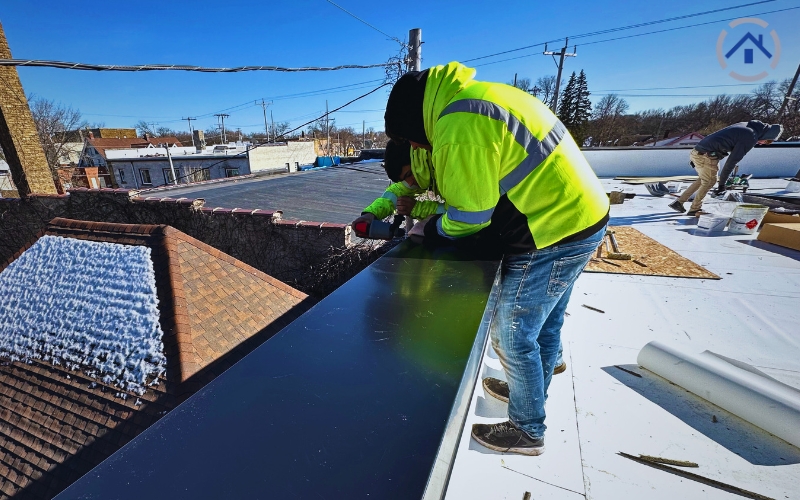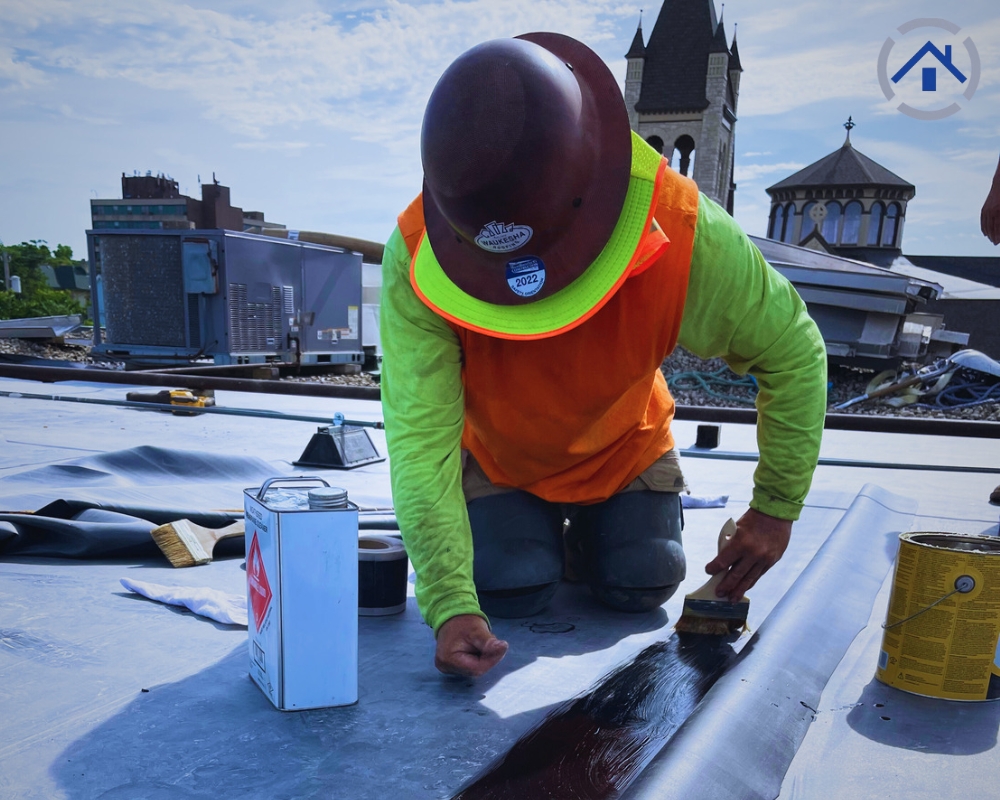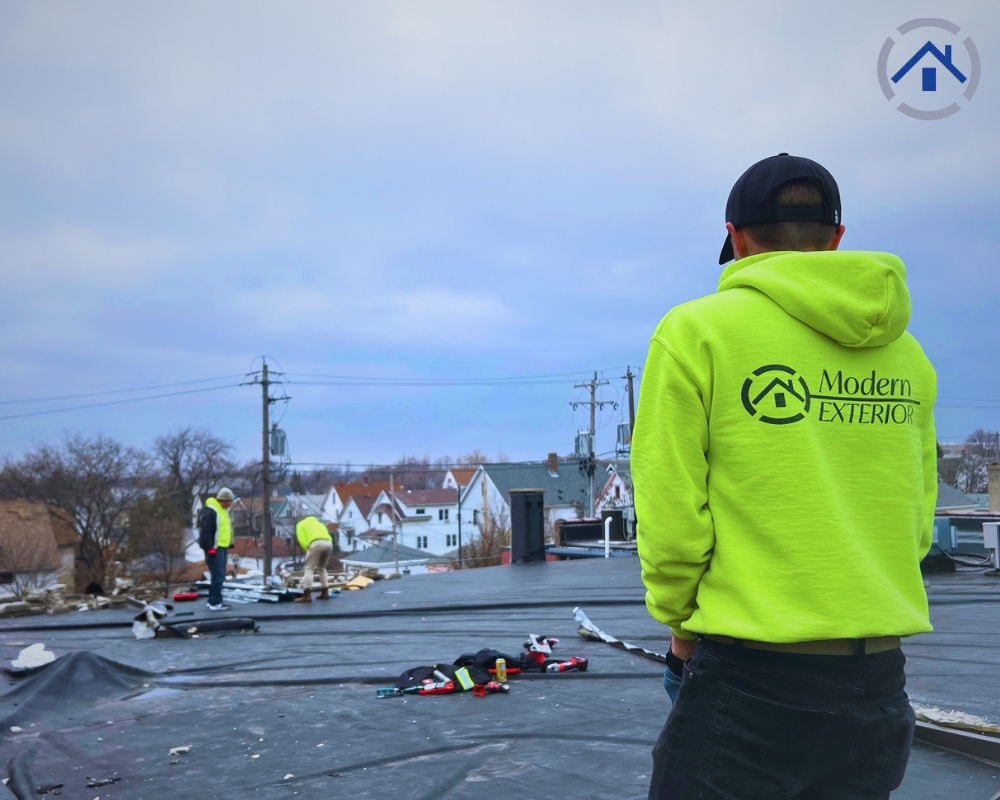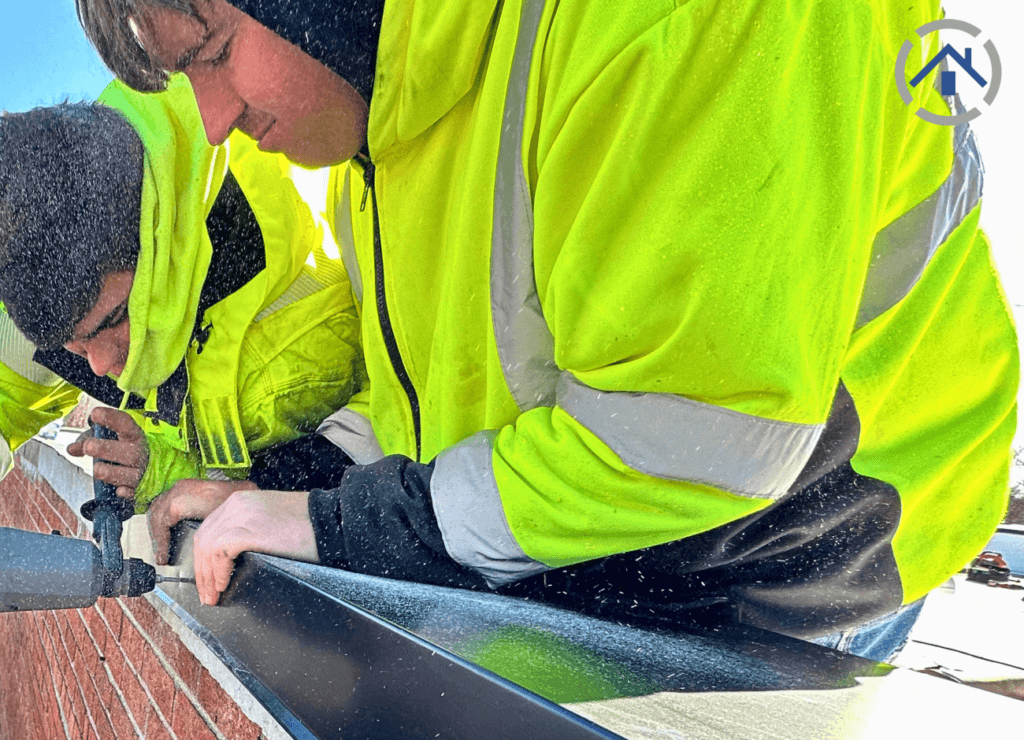
The roofing system put on commercial structures or buildings, such as office buildings, retail stores, warehouses, factories, and other non-residential assets, is referred to as a commercial roof. Commercial roofs are made to be long-lasting, waterproof, and durable so that the structure and its contents are shielded from different elements. It has a lifespan of about 10 to 40 years, depending on some major factors.
Although we might neglect this aspect of a company's construction, it is unquestionably important, and ignoring a commercial roof's condition can result in more serious issues and hassles for the owner.
Here are the importance of conducting an inspection and proper maintenance, along with details to help you assess the overall state of your commercial roof and decide whether a repair is already necessary or whether professional assistance is required.

Another important reason for you to spend on periodic maintenance is that a well-kept roof aids in protecting the inside of your business property. Ceilings, walls, furniture, stock, and other priceless items can be harmed by leaks or water intrusion. You may prevent interior damage and minimize disruptions to your business operations by recognizing and fixing roof concerns as soon as possible.
Small repairs are significantly easier to deal with than larger repairs, like replacing the whole roof. Engaging in regular maintenance helps you spot and address any problems before they become serious ones and end up in a costly repair.
Your commercial roof can last longer if you take care of minor repairs right away and avoid replacing it before it has to, which can definitely be expensive. Small problems may be promptly solved, including leaks or broken flashing, avoiding future water damage and the need for expensive repairs. Regular roof care and inspections can prevent unexpected roof failures and significant damage.
It is also important to know that a well-insulated and sealed roof with good maintenance can improve energy efficiency. Energy loss from leaks, gaps, or faulty insulation can make your heating and cooling systems work harder and raise your energy costs. With the help of regular maintenance, your roof will stay in top shape, which will cut down on energy waste and expenditures.
To save money on preventative maintenance for your commercial property's roof, it's essential to gather information and learn more about your property and roof. You can efficiently plan and budget for upcoming replacements or repairs by having a thorough awareness of your commercial roof's state. This preventative approach will help you reduce the possibility of unforeseen costs, enable precise financial planning, and guarantee that your property is maintained in top shape without experiencing significant financial strains.
Gather all relevant paperwork about the roof of your commercial property. This might contain blueprints, requirements, guarantees, and maintenance logs. Additionally, knowing the roof's design, materials, and warranty coverage will help direct your maintenance efforts and guarantee that you are adhering to warranty requirements.
Making a preliminary evaluation of the commercial roof's state is one of the first things you should do as well. This could mean performing a visual assessment to spot obvious problems like damage, leaks, or wear and tear. Any areas that require care should be noted down for later use.
Obtaining the services of a qualified roofing contractor to do routine roof inspections can provide you with more detailed information about your commercial roof. Professional inspections may uncover hidden problems and provide professional advice for preventative maintenance.

1. Check the edging and edge material, such as coping or term bars: Edging is the most susceptible to wind damage since it’s the first line of defense for your commercial roof. Inspect the edges and edge materials that surround the roof's perimeter. Check for any indications of deterioration, displacement, or damage.
2. Inspect for pooling water: Pooling water means the commercial roof is not pitched properly or a clog may be happening elsewhere. To avoid water pooling, which can cause roof damage, leaks, and structural problems, it is crucial to address insufficient roof pitches or drainage problems as soon as possible.
3. Inspect for debris: Your commercial roof has to be inspected and cleaned of debris on a regular basis to remain functioning, avoid water backup, and increase its lifespan. Maintaining a clean roof lowers the possibility of damage, ensures appropriate water drainage, and decreases the need for expensive repairs or early roof replacement.
4. Inspect and check for cracks: Cracks can indicate water underneath or possible leaks. To find any obvious problems, conduct a comprehensive visual check of your commercial roof. Examine the membrane, flashing, and seams on the roof surface. Keep a watchful eye out for places on the roof where cracks are more prone to form, such as around vents, chimneys, skylights, or where several roof sections converge.
5. Look for prior repairs and check if they are still holding up: Make sure that these repairs solved the problem or that they need to be redone. Verify that the repairs are still in place, attached properly, and in good shape. You may check for any indications that the repair materials are peeling, splitting, or coming apart. It can be necessary to make changes or strengthen the repairs if they seem to be deteriorating or not standing up properly.

6. Make sure downspouts are not clogged: Downspout clogs can cause water to back up, overflow, and even cause damage. At the higher end of the downspouts, think about adding screens or filters. These tools are helpful in preventing the downspout from becoming clogged with debris.
7. Is the decking holding up underneath the roof material? Examine the roof for any obvious changes in the shape or contour, such as sagging regions, water stains, discoloration, or any other issues, as those may be some of the obvious signs of decking deterioration. You may have to pay close attention to any locations where the roof material looks crooked or warped since this might be a sign of problems with the underside of the decking.
Look for any apparent indications of degradation, delamination, or damage to the roofing material (ISO board or fiberboard). A weakened underlying decking may be indicated by damaged or deteriorated roof material.
8. Inspect utility or high-danger spots: To find any possible problems or risks, it's essential to inspect utility or high-danger areas of your commercial roof, such as AC units, pipes, or electrical conduits. Check the connections of any utility equipment, such as electrical conduits, plumbing, or air conditioning units, to make sure they are tight and secure. Loose connections can cause equipment to shift, which can harm the roof's surface or endanger the utilities' stability.
Safety must always come first when assessing your commercial roof. It is recommended to engage a professional roofing contractor who can do a comprehensive examination and offer expert advice on maintaining the condition of your commercial roof if you are uncomfortable or lack the requisite knowledge.
In conclusion, regular commercial roof care is essential for maintaining the structural strength of your building, avoiding expensive repairs, guaranteeing energy efficiency, upholding safety regulations, and more. You can safeguard your assets, save money, and increase the lifespan of your business roof by investing in routine maintenance and inspection.